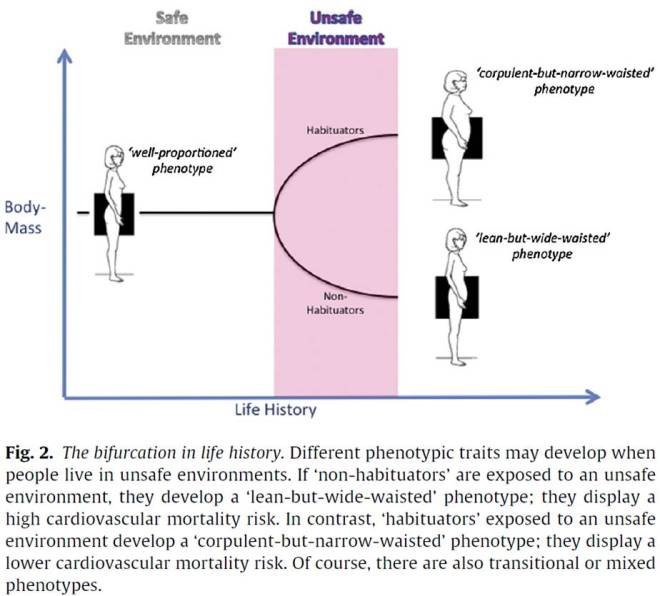
The authors used a chemical transport model called GEOS-Chem to estimate the global exposure levels to airborne particulate matter derived from fossil fuel combustion. It’s a worldwide used model for estimating dispersion, for example the simulation of surface pollination. The model has been validated, meaning its predictions were compared with the reality and they matched. Levels of fossil fuels emission were inputted from publicly available data “from multiple sectors (power generation, industry, ships, aircraft, ground transportation, backup generators, kerosene, oil/gas extraction), detailed oxidant-aerosol chemistry, and reanalysis meteorology from the NASA Global Modeling and Assimilation Office” (page 5 of the manuscript). The mortality due to air pollution was computed by starting with the classical risk assessment analysis from epidemiological research and then adjusting for other variables like in-door particulate exposure (smoking) and so on. It sounds straightforward enough but the math and stats involved are very complicated. You have to take into consideration concentration, exposure time, and other factors that affect the outcome.
In addition, the authors calculated the mortality caused by fossil-fuel air pollution in children between 0 and 4 years of age, which was 876 in North America, 747 in South America, and 605 in Europe, annually. Pollution data is from 2012, mortality from 2015. The authors are hopeful that aggressive regulation designed to curb emissions in the last few years may have already lowered these numbers. Policy-makers, take note!
REFERENCE: Vohra K, Vodonos A, Schwartz J, Marais EA, Sulprizio MP, & Mickley LJ (Apr 2021, Epub 9 Feb 2021). Global mortality from outdoor fine particle pollution generated by fossil fuel combustion: Results from GEOS-Chem. Environmental Research, Volume 195, 110754. PMID: 33577774, DOI: 10.1016/j.envres.2021.110754, ARTICLE.
By Neuronicus, 11 March 2021



